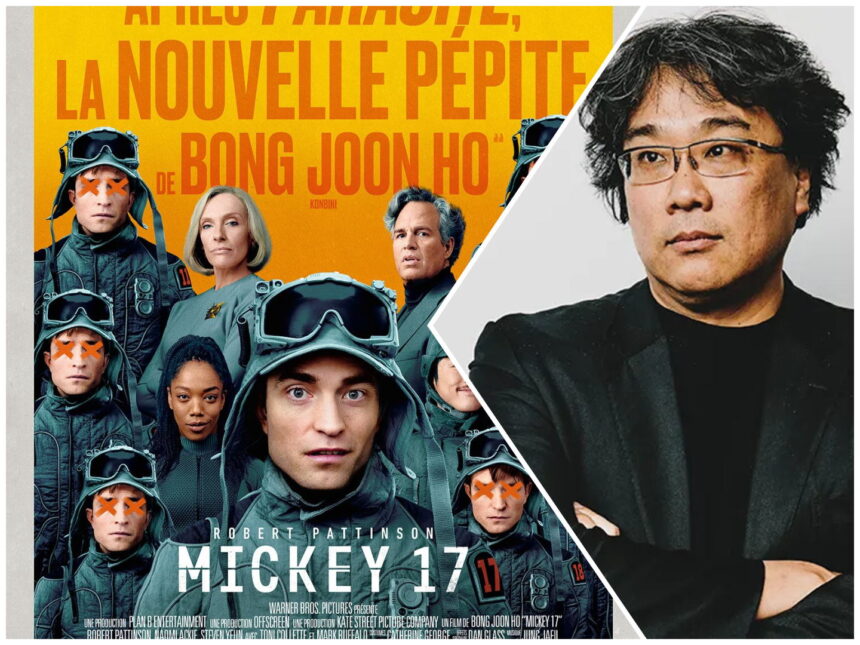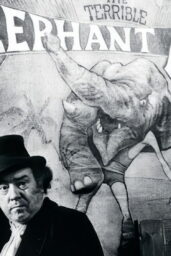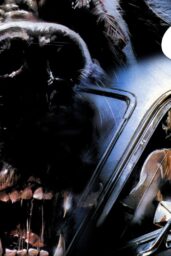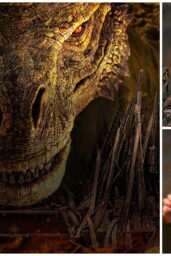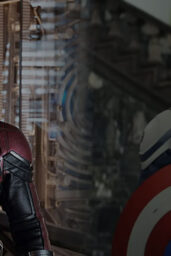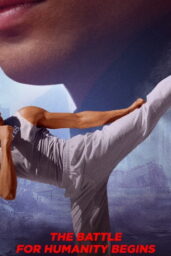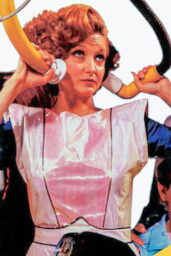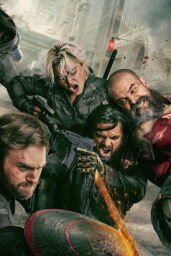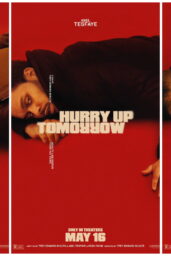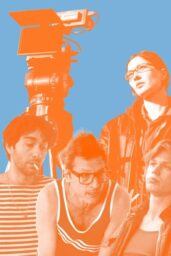In the realm of cinematic endeavors, few narratives unfold as intriguingly off-screen as they do on. Such is the case with Bong Joon Ho's latest venture, “Mickey 17,” a film that has become a focal point of industry discussions, not merely for its content but for the tumultuous journey it embarked upon before gracing the silver screen.
“Mickey 17,” adapted from Edward Ashton's 2022 novel “Mickey7,” was greenlit with a substantial budget of $118 million under the aegis of former Warner Bros. studio chief Toby Emmerich. The narrative, set in a dystopian future, revolves around Mickey, portrayed by Robert Pattinson, an “Expendable” clone on a colonization mission, facing existential quandaries upon discovering his successor, Mickey 18.
However, the path to its release was fraught with challenges. Early test screenings yielded less-than-stellar reactions, prompting Warner Bros. to propose an alternative cut of the film. This studio version reportedly tested 10 points higher than Bong's original cut. Despite this, Bong, armed with final cut privilege, stood firm on his vision, a decision that has since sparked considerable debate within cinematic circles.
Upon its release, “Mickey 17” debuted at the top of the North American box office, garnering $19.1 million domestically and an additional $34.2 million internationally, culminating in a global total of $53.3 million. While these numbers might seem respectable, they pale in comparison to the hefty production and marketing expenditures, casting a shadow over the film's financial prospects.
Critically, the film has been a subject of polarized opinions. Some reviewers laud Bong's audacious storytelling and the film's satirical undertones, while others critique its pacing and narrative coherence. The Guardian's review highlighted the film's “impressive production design and storytelling,” yet noted it wasn't as refined as Bong's previous work, “Parasite.”
Compounding the film's challenges were reports of extensive reshoots, adding an extra $10 million to the already substantial budget. These reshoots, coupled with marketing expenses estimated around $80 million, have significantly inflated the film's financial burden.
“Mickey 17” serves as a poignant reminder of the delicate balance between artistic vision and commercial viability. Bong Joon Ho's unwavering commitment to his creative perspective underscores the importance of directorial autonomy in filmmaking. However, the ensuing box office performance raises pertinent questions about the dynamics between directors and studios, especially when substantial financial stakes are involved. As the industry continues to evolve, “Mickey 17” stands as a case study in navigating the intricate interplay of art and commerce.
Do you believe that a director's creative vision should take precedence over studio interventions, even when financial outcomes are at risk? Share your thoughts in the comments below.

